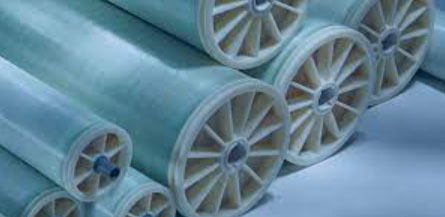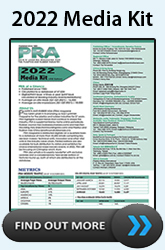Expansions: Toray opens research centre for electronic materials in Singapore; Evonik increases additive capacities for architectural paints

Toray Industries opened the Toray Singapore Research Centre recently as a department of Toray International Singapore. The new facility engages in electronic information materials R&D and provides technical support in Southeast Asia. Toray looks to build a global R&D structure spanning Japan, Korea and China.
Singapore should become an increasingly important R&D hub for electronics companies looking to enter the Southeast Asian market. Prime drivers are government efforts to bolster the electronics sector, easy access to key customers in the region, and the nation’s high-level academic research institutes and universities.
Key focuses of the centre include display, semiconductor-related, and electronic circuit materials. It will work with Toray headquarters to serve a highly promising regional market by developing products and technologies that cater to the specific needs of local customers while providing technical support to serve customers better.
Toray has collaborated in the international consortiums of the Institute of Microelectronics (IME, Singapore’s government agency) since 2016. Joint work with IME has covered power semiconductor devices, wireless communications, memory devices, micro-electro-mechanical systems (MEMS), and other advanced semiconductor packaging.
The centre will solidify ties with that institute while engaging with local universities to undertake and accelerate efforts to incorporate new technologies and accelerate research and development. Another role for the centre is to bring Japan and Southeast Asian nations together in the semiconductor field by identifying current needs in an expanding regional market.
Toray is operating business globally, and currently has 9 domestic research institutes and 24 R&D facilities overseas employing more than 4,000 R&D professionals. The company will keep bolstering work at its overseas research units while joining forces with outside entities to explore new research fields.

In other news, Germany’s Evonik's Coating Additives business line is increasing capacities of two additive product groups for architectural paints: Tego Phobe hydrophobing agents and Tego Viscoplus polyurethane thickeners. The new capacities will be available from October.
"The capacity increase is our response to the increased demand for additives for architectural paints," says Nadia Lenhardt, head of the Decorative Coatings market segment in EMEA. "The additional capacity in Europe will not only increase European, but also global supply security."
Hydrophobing agents are primarily used to give facade paints a water-repellent finish. Emulsions based on silicone resins such as Tego Phobe 1659 are characterised by a particularly efficient reduction in water absorption. Polysiloxanes such as Tego Phobe 1409 produce a very good water-beading effect.
The Tego Viscoplus product range includes polyurethane thickeners that cover all relevant customer requirements. The Tego Viscoplus products are liquid and contain no organic solvents. The different products can be easily combined with each other due to their high compatibility.
(IMA)Subscribe to Get the Latest Updates from IMA Please click here
©2022 Injection Moulding Asia. All rights reserved.

















